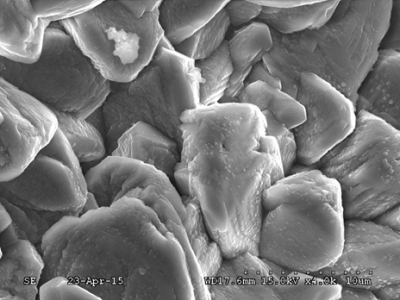Application of bacteria in concrete: a critical evaluation of the current status
DOI:
https://doi.org/10.21809/rilemtechlett.2016.14Keywords:
Micro-organisms, bacteria, microbial calcium carbonate, bioconsolidation, self-healing, concreteAbstract
Microbially induced carbonate precipitation has been tested over more than a decade as a technique to enhance concrete properties. Mainly bacteria following the pathways of urea decomposition, oxidation of organic acids, or nitrate reduction have been studied for this purpose. For bacteria mixed into fresh concrete, it is difficult to prove that they actively contribute to calcium carbonate precipitation and the effects on concrete strength are variable. Application of bacteria for surface consolidation has been shown to reduce water absorption and increase durability. Microbial self-healing of cracks in concrete shows promising results at the laboratory scale. Especially the use of self-protected mixed cultures opens perspectives for practical application. However, their self-healing efficiency needs to be further proven in larger concrete elements, and under non-ideal conditions. The use of denitrifying cultures for concurrent self-healing and production of corrosion inhibiting nitrites is a promising new strategy.
Downloads
Published
How to Cite
Issue
Section
License
Authors retain copyright of the articles published in RILEM Technical Letters and grant the journal the right of first publication with open access. The work is simultaneously licensed under Creative Commons Attribution 4.0 International License (CC BY 4.0) that allows others to share and adapt the work under the following terms: 1) a proper attribution is given in a form of bibliographic record with the DOI link directing to RILEM Technical Letters; 2) a link to the license is provided; 3) the changes (if any) are indicated.









